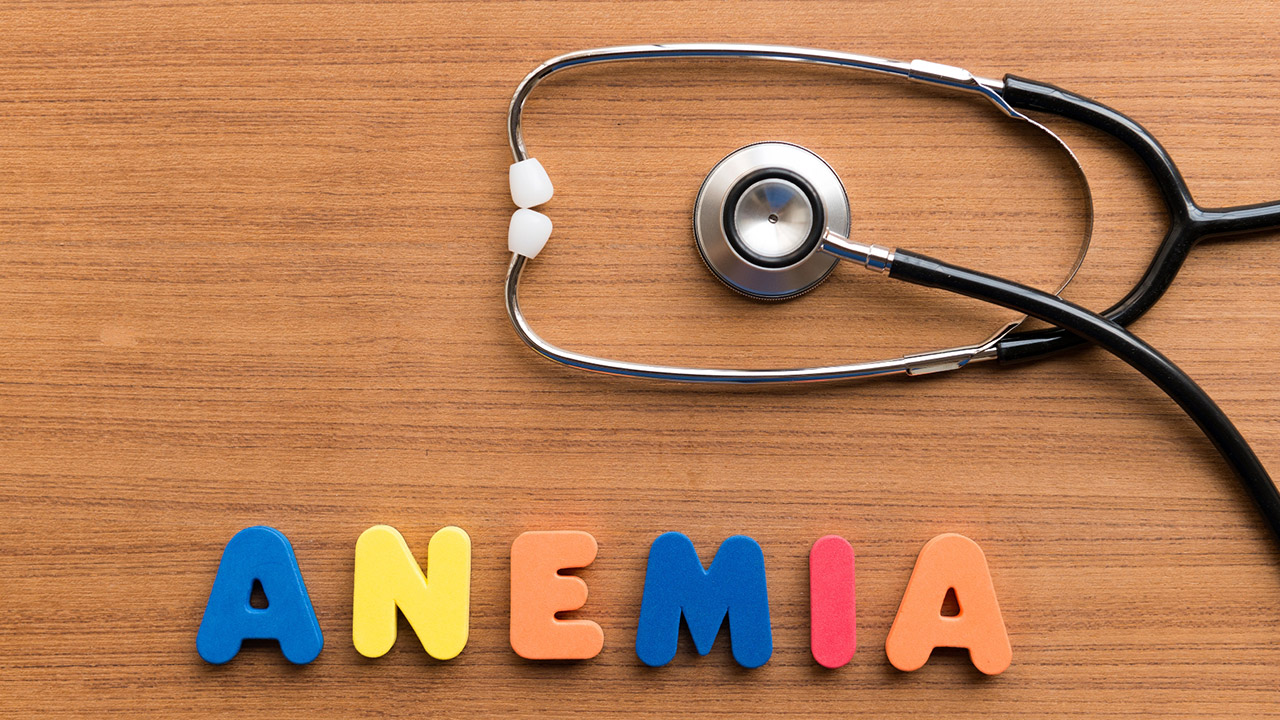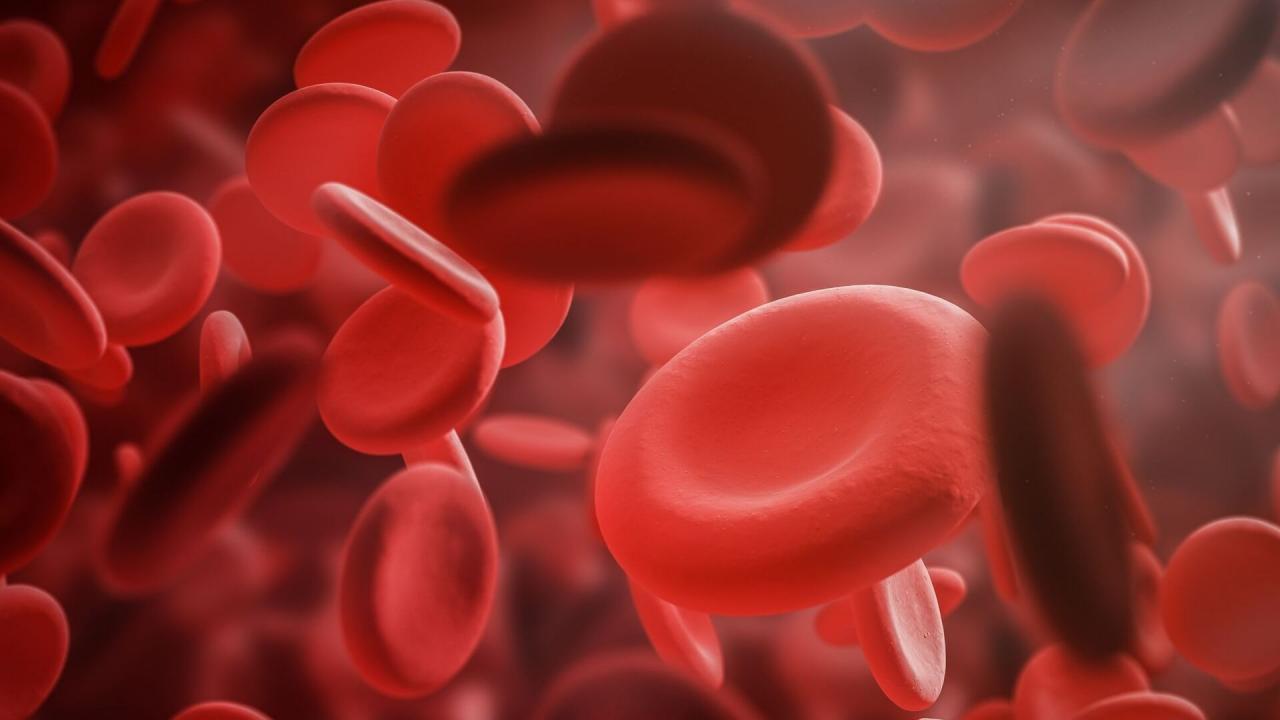If you're a woman, chances are that at some point in your life you’ll develop a condition known as anemia. Sometimes referred to as iron-poor or tired blood, most women of child-bearing years are well familiar with this condition that leaves you abnormally tired, fatigued, and envying the sweet toddler and his afternoon nap! No matter what name you call it, anemia can be troublesome and interfere with your quality of life. Below, we’ll take a closer look at anemia -- what it is and what it isn’t -- the different common forms, how you can recognize it, and perhaps even prevent it from developing or worsening.
WHAT IS ANEMIA?
If you were to take a peek inside your veins, you’d find both red and white blood cells. White blood cells are the warriors against infection. Red blood cells, on the other hand, are the transport mechanism that delivers oxygen throughout the body.
The primary delivery tool is the protein called hemoglobin. Because it’s rich in iron, hemoglobin is also responsible for making blood red in color. Although there are different causes, anemia occurs when you don’t have enough hemoglobin in your red blood cells.
SYMPTOMS
One of the most common symptoms of anemia is unusual tiredness or fatigue. In addition, you may also exhibit other symptoms such as headaches, dizziness, chest pains, pale skin, shortness of breath, irregular heartbeat, cognitive problems, or cold hands and feet.
CAUSES OF ANEMIA
Anemia can be caused by a number of conditions and diseases including cancer, HIV or AIDS, vitamin deficiencies, Crohn’s disease, rheumatoid arthritis, poor diet, pregnancy or certain medications. In general, however, there are three main causes of anemia: blood loss, lack of production of red blood cells, and destruction of red blood cells.
TYPES OF ANEMIA
Probably the most familiar type of anemia is iron-deficiency anemia. Many women develop this condition as a result of monthly blood loss during their menses. However, there are actually many different types of anemia including:
• Aplastic anemia
• Blood loss anemia
• Cooley's anemia
• Diamond-Blackfan anemia
• Fanconi anemia
• Folate- or folic acid-deficiency anemia
• Hemolytic anemia
• Pernicious anemia
• Sickle cell anemia
• Thalassemia
(NHLBI 1.)
It’s also worth noting that some forms of anemia are ‘acquired’, meaning that the condition develops because of an underlying cause such as blood loss. Other forms of anemia, such as sickle cell anemia, are inherited, meaning that you are born with the condition because one or more of your parents passed the gene to you at birth.
RISK FACTORS
The risk factors for anemia vary depending on the type of anemia. For example, if one of your parents or another family member has sickle cell anemia, then you have a greater risk for this form of anemia. Some anemias are caused by poor diet which lacks essential nutrients, iron, vitamins or minerals. Chronic or serious long-term diseases may contribute to anemia as does blood loss.
RISKS
Anemia causes fatigue and unusual tiredness. However, if left untreated, anemia can produce some serious side effects and cause damage to vital organs such as the heart or lungs. Anemia may lead to heart arrhythmias which can lead to heart failure and death.
TREATMENT
Treatment for anemia depends on the type of anemia that you have. It’s important to understand your type of anemia and consult your doctor about the best treatment options. Some of the treatment options your doctor may prescribe include:
• Iron rich foods to your diet such as liver and other red meats, spinach, prune juice, peas and beans, and dried fruits
• Vitamin C to help your body absorb iron
• Other supplements such as B12 and folic acid
• Iron supplements
• Medications or hormones
• Chelation therapy
• Blood transfusion
There isn’t enough room in this article to discuss each form of anemia, the underlying causes, risks, and treatment in depth. For more information on a specific type of Anemia, please visit the National Heart Lung and Blood Institute at:
http://www.nhlbi.nih.gov/health/health-topics/topics/anemia/links.html
SOURCES:
What is Anemia? National Heart Lung and Blood Institute. 20 Aug 2010. http://www.nhlbi.nih.gov/health/health-topics/topics/anemia
Anemia. The Mayo Clinic. 19 Feb 2011. http://www.mayoclinic.com/health/anemia/DS00321
Reviewed August 31, 2011
by Michele Blacksberg R.N.
Edited by Jody Smith






Add a CommentComments
There are no comments yet. Be the first one and get the conversation started!